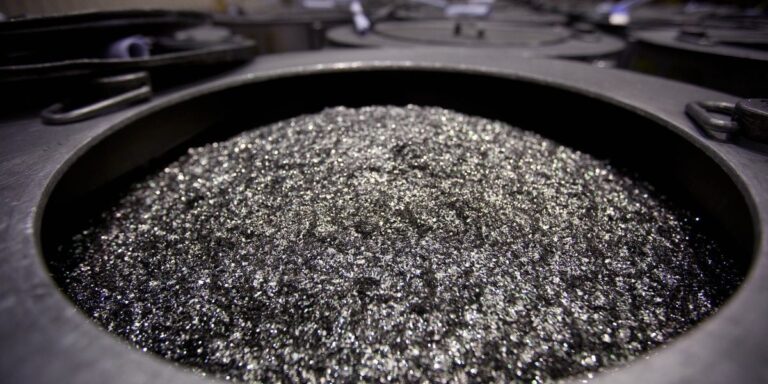[adrotate group="2"]
Gold is currently testing its all-time high reached in October 2024, with numerous analysts predicting that its price could hit $3,000 per troy ounce by the end of 2025. After a decline following last fall’s peak, expectations are for gold to set new records in the upcoming year. As of early 2025, the price of gold has already increased by nearly 35%, driven by several factors, including political pressures for lower interest rates, imposed tariffs, and ongoing geopolitical tensions.
Understanding the underlying factors influencing gold prices can clarify why many analysts foresee continued increases. One key factor is interest rates. These rates establish borrowing costs and are fundamentally tied to inflation, which directly affects gold pricing. When interest rates rise, inflation can be curbed, and in extreme cases, deflation may occur. The Federal Reserve’s rate hikes in 2022 kept gold prices stable while tech stocks saw significant declines. However, the Fed has been reversing its stance, lowering interest rates by a full percentage point since the latter half of 2024.
While steady rates are anticipated in January, pressure from political figures might alter monetary policies in 2025. Analysts are divided on the effectiveness of potential future rate cuts, particularly as inflation remains persistent and the effects of trade tariffs are yet to be fully assessed. Still, a steady interest rate alongside rising inflation usually signifies higher gold prices. Gold often serves as a hedge against inflation, as fiat currencies tend to depreciate in value during such economic conditions. This erosion in purchasing power is evident in the rising costs of essentials like groceries.
Gold also typically shines during times of geopolitical unrest. In such an environment, the reliability of fiat currencies becomes uncertain, and gold maintains its intrinsic value. Ongoing global conflicts, notably in regions like Europe and the Middle East, can further elevate gold prices, as investors seek to limit risks during tumultuous times. Historical data from the 1970s illustrates gold’s strong performance, as it rose significantly while stock market returns were flat amid geopolitical and economic volatility.
Presidential policies, particularly regarding tariff strategies, can influence asset prices as well. For instance, the current administration’s focus on tariffs may cause inflation to rise, subsequently impacting gold prices. The use of tariffs over income taxes might enhance consumer spending, presenting dual benefits for gold prices.
Investor sentiment can further drive demand for gold. Analysts assert that as macroeconomic factors like lower interest rates and geopolitical uncertainty prevail, enthusiasm for gold may lead more investors to enter the market, enhancing bullish sentiment and potentially encouraging further accumulation of gold assets.
Moreover, growing consumer spending typically bodes well for gold. As reported, consumer expenditure rose by 5.9% from 2022 to 2023. Gold’s diverse industrial applications, spanning jewelry to various technological products, mean that heightened consumer spending can correlate with increased demand for gold, which is limited in supply. The difficulty in finding new gold resources is underscored by studies indicating a minimal percentage of explored sites result in viable mining operations, with much of the remaining gold located deep underground.
These considerations contribute to the overall optimism regarding gold as an investment. This precious metal has been a vital part of civilizations for millennia, leading analysts to believe that the current upward trend in the gold market is likely to persist into 2025.
photo credit: money.com
[adrotate group="2"]





